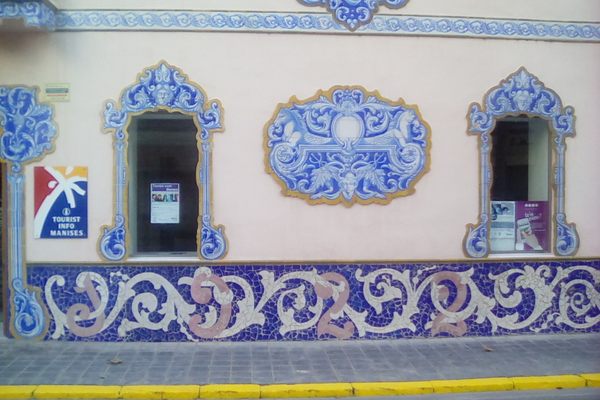About
The main entrance to the Grand Place (where one can find the Guardhouse Monkey) is sheltered by a 141-foot-long and 52-foot-high wave of crashing lumber. Some of the wooden planks are painted red, some black, and many are left their natural color. The wild installation stands in stark contrast to the buildings of Belgium’s Rue de Nimy, a historic street in the center of Mons.
The spectacle of lumber, called "The Passenger," was created by Belgian artist Arne Quinze, who started out doing graffiti in the 1980s. Since then he's built large-scale installations for Antwerp, Shanghai, San Antonio, Sao Paulo, Paris, and many more cities throughout the world. He prefers to see cities as open-air museums where art mingles with the local history and culture, and “The Passenger” is a particularly striking example of what public art can be.
Quinze aims for his public sculptures to offer people a chance to rediscover the culture and history of the cities that contain them. The driving force behind his art is to evoke communication and social interaction. He spent a great deal of time studying the Rue de Nimy's long history, and built the installation to mimic the flow of the people on the street in Mons, which has been around since the 13th century.
The structure as it stands now is the second iteration; part of the first one collapsed (and took a parked car with it) in 2015, about a year after it went up. The Rue de Nimy had to be temporarily closed, but the structure was rebuilt and stands strong now.
Related Tags
Published
October 17, 2017




























